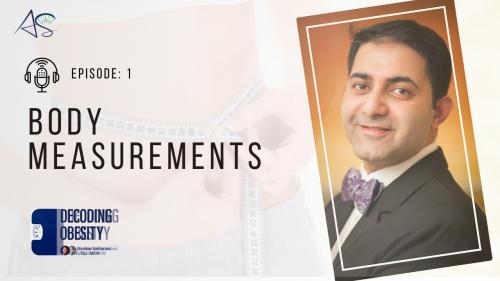Top 5 Body Composition Measurements

With the
right tool, measuring body composition can be the most powerful way to engage
individuals with a personal training program. Objective feedback helps you keep
a track of your progress, but your weight is not the only measurement.
Your body weight percentage is what tells you what your percentage of your body is fat and what percentage is fat-free mass. While some amount of body fat is essential, excess body fat is unhealthy.
Dual-Energy X-ray absorptiometry, DXA
These devices detect how your body responds to smaller electrical currents. This is carried out by placing electrodes on your skin. Some electrodes send currents into your body, while others receive the signal after it has passed through your body tissues.
Air Displacement Plethysmography
This procedure estimates your body fat percentage based on the density of your body. The only difference between ADP and hydrostatic weighing is the former uses air instead of water. The relationship between the volume and pressure of air allows this procedure to predict your body's density.
Hydrostatic weighing
This method estimates your body composition based on body density. This technique weighs you while submerged underwater after exhaling as much air as possible from your lungs.
CT and MRI
CT gives a 3D image of the complete or selected parts of the
body, calculated from a large number of X-ray projections of the body from
different angles.
MRI has the advantage of not using ionizing radiation and is
fairly accurate.
While CT scan machines are able to accommodate large body sizes, the high radiation exposures make the use of CT scan inappropriate for whole-body assessments, although it has been used to measure intra-abdominal fat. MRI also has some limitations. It is not able to accommodate large body sizes but can be used for whole-body assessments since it does not involve radiation exposure. The other limitation is that it may be very expensive.
These are some of the methods that can help you measure your
body composition. It is best for almost all methods to perform your
measurements in the morning after an overnight fast, after you go to the
bathroom, and delve into your daily activities.
Post Your Ad Here
Comments